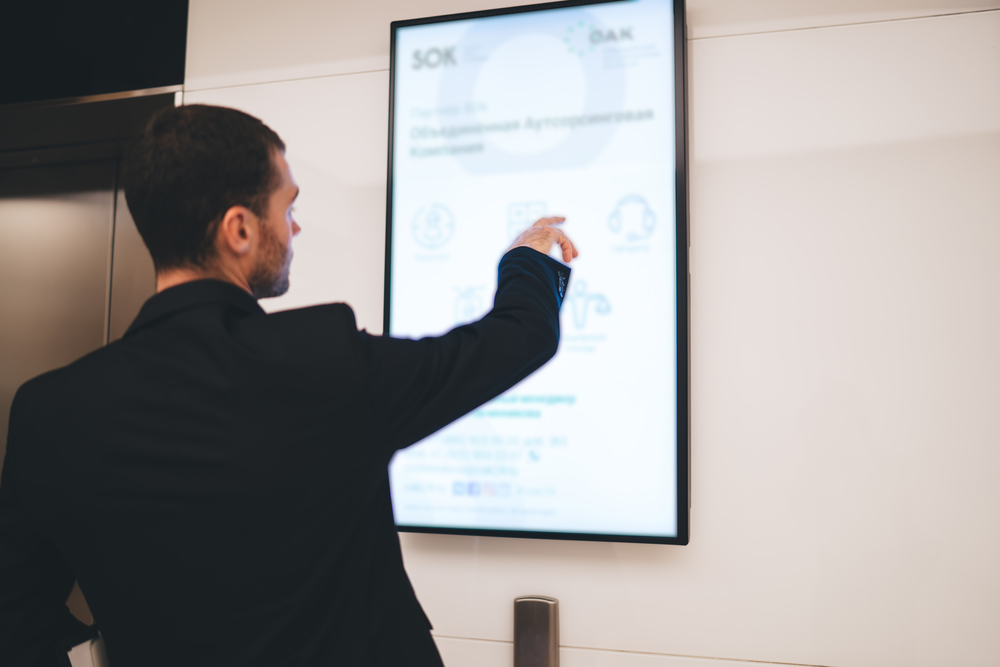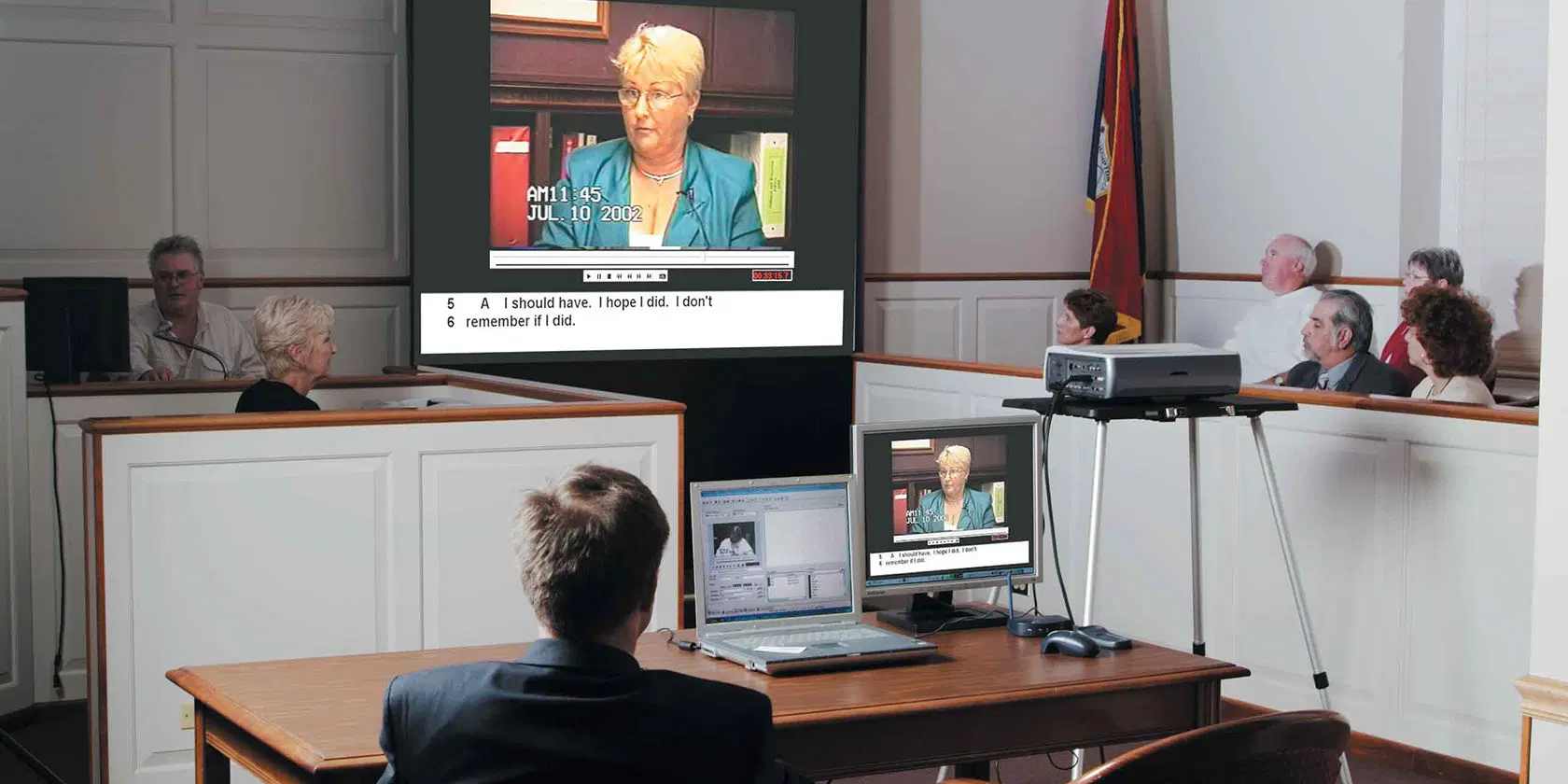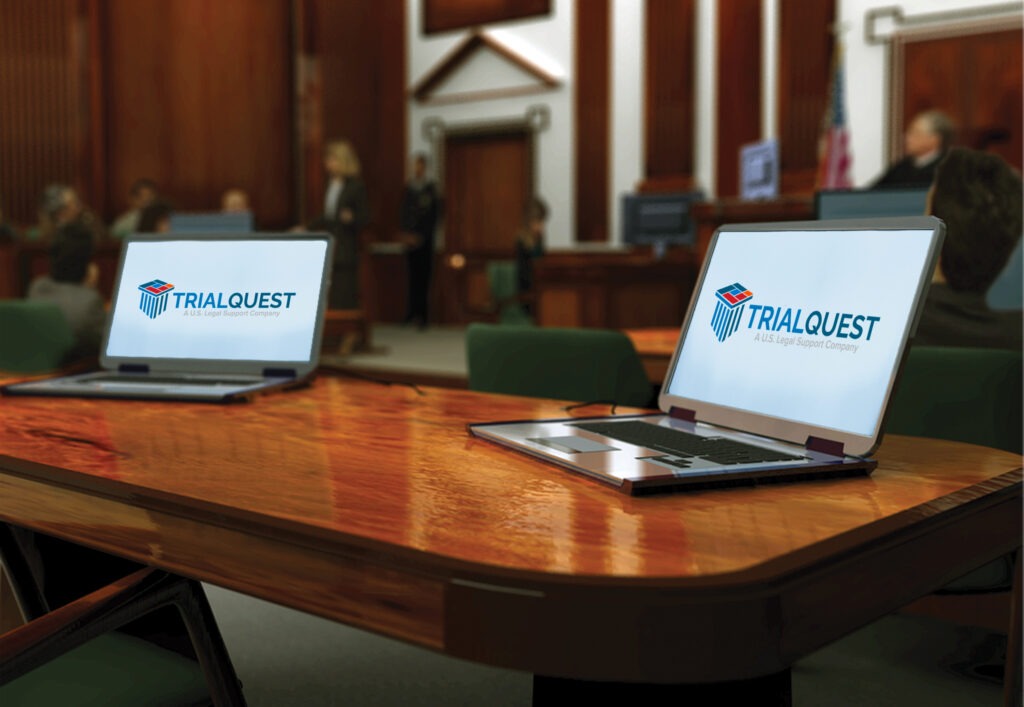Well-crafted trial presentations play a key role in legal proceedings.
Well-crafted trial presentations play a key role in legal proceedings.
Blog Article
Just How Test Presentations Enhance Your Argument and Convince Jurors
Trial presentations serve as a pivotal device for boosting lawful debates and convincing jurors. By incorporating visual aids, narrative frameworks, and psychological involvement, attorneys can produce an engaging case that resonates on multiple levels. The calculated use visuals not only makes clear intricate details however likewise catches jurors' interest better than words alone. The art of narration plays a similarly critical function in changing accurate proof into an engaging narrative, forming jurors' understandings. Understanding these aspects can substantially affect trial end results, raising the inquiry of exactly how each component adds to this detailed dynamic.

Value of Visual Help
Visual help play a critical role in boosting the performance of test discussions, as they can substantially boost target market engagement and retention of details. In the context of a trial, where jurors are entrusted with processing facility info, visual aids serve to streamline and make clear bottom lines. Graphes, graphs, and pictures can convey information and principles that might otherwise bewilder or perplex jurors, permitting an extra simple understanding of the evidence offered.
Furthermore, visual aids aid in maintaining juror focus throughout the proceedings. By damaging the monotony of spoken testament, these tools can stress crucial disagreements, making them more unforgettable. Reliable aesthetic aids can additionally stimulate emotional actions, which can be pivotal in persuading jurors to straighten with the presenter's story.

Crafting Compelling Stories
A compelling narrative is crucial in trial discussions, as it works as the backbone of reliable persuasion. It allows attorneys to weave together realities, evidence, and emotional elements into a coherent story that reverberates with jurors. This narrative framework makes it possible for jurors to recognize the complexities of the instance while assisting them through the attorney's disagreement.
To craft an engaging story, attorneys ought to concentrate on quality and comprehensibility. This entails establishing a clear lead character-- frequently the customer-- and describing their trip via the events in question. Providing the truths in a rational series boosts understanding and keeps interaction. Furthermore, using brilliant summaries can produce mental pictures that assist jurors picture the occasions, making the narrative a lot more unforgettable.
In addition, incorporating key themes throughout the presentation strengthens the core message and help in retention - trial presentations. The story needs to not just communicate information but likewise stimulate a feeling of justice, highlighting the risks entailed. Eventually, a sound story cultivates a connection between the jurors and the instance, placing the lawyer's debate as both reputable and engaging, thereby enhancing the probability of a desirable judgment

Involving the Jury Psychologically
Efficient jury interaction pivots on the lawyer's ability to link with jurors on a psychological level. This link can dramatically impact jurors' understandings and their ultimate decision-making.
Aesthetic aids, such as photographs or video clips, can even more enhance psychological interaction, offering jurors with brilliant representations of the instance's human aspects. Crafting a narrative that highlights the struggles and triumphs of the people involved ensures that jurors see beyond the legal arguments and recognize the human effects of their choices.
Furthermore, tone and body language play a critical role in sharing emotion. A lawyer's passionate delivery can reverberate with jurors, strengthening their psychological investment in case. It's vital to stabilize psychological charms with factual proof, making certain that jurors really feel forced to act while remaining grounded in the truth. Inevitably, a mentally involved court check out this site is most likely to be encouraged, making emotional connection an important part of effective test discussions.
Structuring Your Presentation

The body of the discussion must be realistically fractional right into bottom lines, each sustained by engaging proof. It is helpful to use storytelling methods to weave facts right into a narrative that jurors can quickly follow. Aesthetic aids, such as graphes and videos, can boost comprehension and involvement, assisting to highlight crucial items of evidence.
Real-World Case Researches
Taking a look at real-world study gives invaluable insights right into the art of trial discussions and persuasion. The spots case of "O.J. Simpson v. The People of California" illustrates just how visual help and compelling narratives can persuade court perceptions. The protection team effectively utilized a method that incorporated high-profile expert testaments with multimedia discussions, which astounded jurors and ultimately influenced their decision.
One more remarkable instance is the "McDonald's Coffee Situation," where the complainant's lawyers utilized graphic photos of the injuries sustained by Stella Liebeck. trial presentations. This stark visual evidence played an essential role in conveying the seriousness of her burns, resulting in a considerable jury award. Such cases demonstrate that impactful test presentations frequently depend upon the reliable assimilation of visuals and narration to evoke emotional responses from jurors
Furthermore, the "Casey Anthony Test" highlighted the relevance of narrative comprehensibility and reputation. The prosecution's failing to establish a compelling timeline reduced their persuasive power, highlighting the requirement of a well-structured discussion. Examining these situations discloses that effective test presentations need critical planning, emotional interaction, and the capability to reverberate with jurors' worths and ideas.
Conclusion
Trial presentations substantially enhance disagreements and encourage jurors through the critical usage of visual try this help, engaging narratives, and psychological interaction. A well-structured discussion balances emotional allures with factual evidence, inevitably reverberating with jurors' values.
Report this page